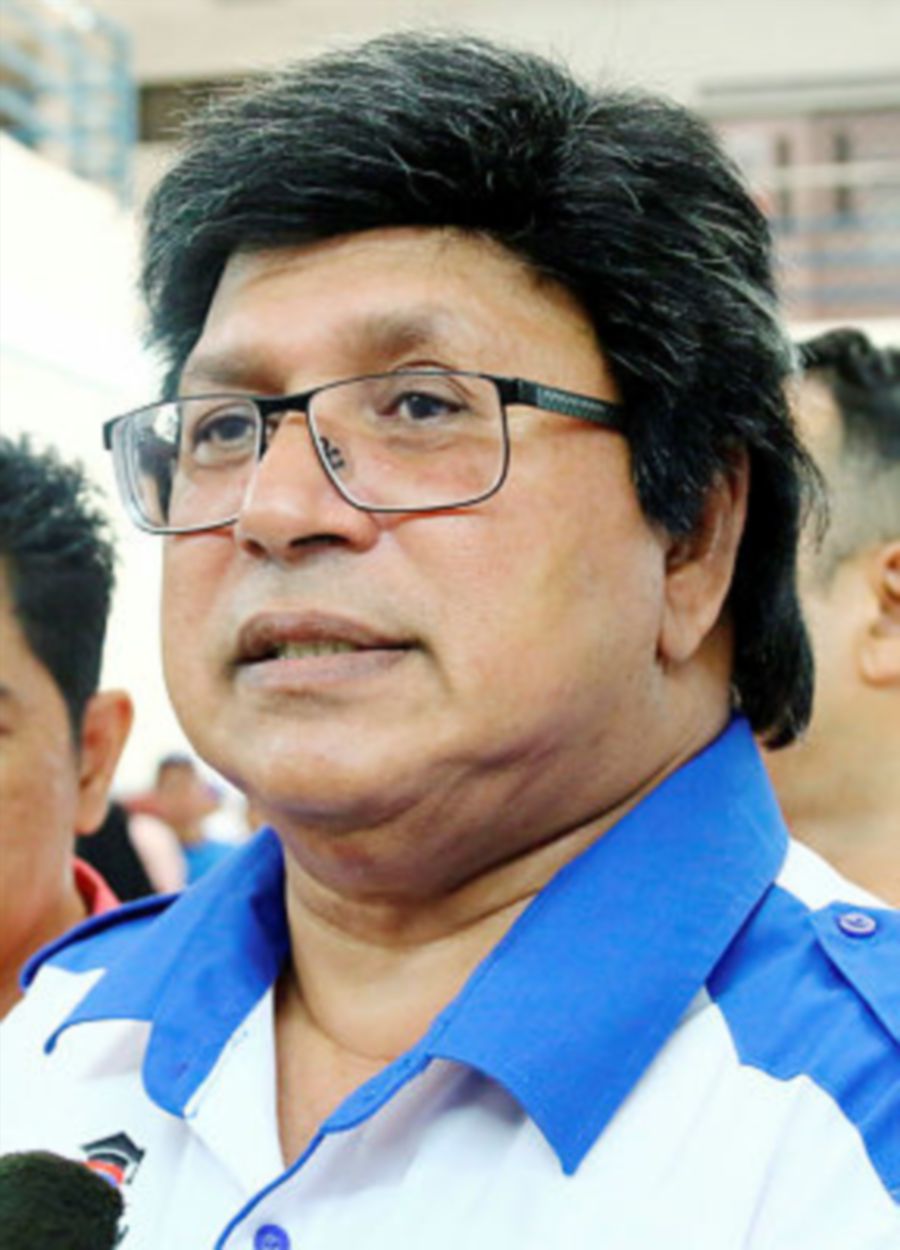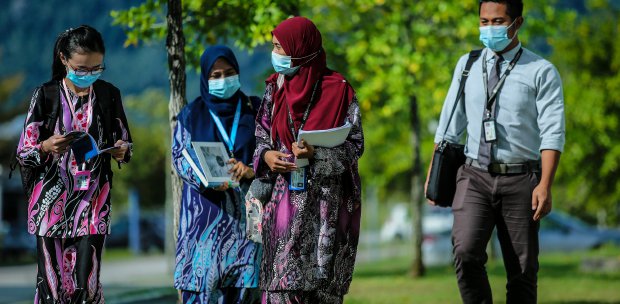KUALA LUMPUR: CAN the Universiti Malaysia Terengganu (UMT) and Universiti Sultan Zainal Abidin (UniSZA) merger work?
The answer may lie in what happened following the merger between the Manchester Institute of Science and Technology University and the Victoria University in the United Kingdom.
In 2004, these institutions came together to form Manchester University.
Manchester University president and Vice-Chancellor Prof Dame Nancy Rothwell said the merger was strategically driven and had significantly strengthened them in terms of competing with varsities worldwide.
The merger saw the varsity’s ranking jump more than 40 places to 33rd in the Academic Ranking of World Universities, and record good performances in other world academic rankings (27th for QS and 57th for Times Higher Education).
“The institution has over £1 billion (RM5.21 billion) in capital investment, which would not have otherwise been available to the two predecessors. The University of Manchester is also building the largest science and engineering complex in the UK, with a £400 million investment,” Rothwell said in a letter to the New Straits Times.
Other successes included being ranked third globally for social and environmental impact against the Sustainable Development Goals by the Times Higher Education 2019 and named University of the Year for Graduate Employment by the Times/Sunday Times 2019/20.
Student enrolment rose by 11 per cent against the UK’s average of 1.8 per cent, apart from attracting £350 million a year in research income and £550 million in student fees.
“Each year, we welcome thousands of students from abroad, including from Malaysia and Singapore. By any independent measures of success, the founding of the University of Manchester was a bold and innovative move, which created a global university,” Rothwell wrote.
This was in response to a letter published by this newspaper on Sept 20 titled “Tread carefully, seek feedback”, where the contributing writer claimed that the Manchester University merger was not as successful as it appeared to be.
“The piece also says ‘the merger’ affected the livelihood of staff and threatened jobs. This is incorrect. When the new institution was established, there was a guarantee of no compulsory redundancies.
“Whilst there was initial voluntary severance for staff that chose to leave, the combined institution soon experienced increased recruitment, particularly research staff, as it delivered on its strategic objectives for growth and scale,” Rothwell wrote.
Local academicians and non-governmental organisations said stakeholders must find a common ground to ensure an amicable solution for both parties.
Former Universiti Teknologi Mara (UiTM) vice-chancellor Tan Sri Dr Sahol Hamid Abu Bakar said everyone should start looking at the proposal in a professional and positive way instead of getting drowned in emotional sentiments.
“Improving Malaysian universities is of utmost importance as it involves the future of the younger generation.
“If we have two universities that are not doing too well, why not help by consolidating them? That way, we will have better quality control.
“Let’s be rational. What’s important is the future of this country and its people. And all this starts with having quality education. It’s good if everyone can sit down and talk.”
On Sept 11, the Higher Education director-general’s office said the government had agreed in principle to the proposed UMT-UniSZA merger following a cabinet meeting on Sept 4.
The proposal drew flak. UMT students and alumni, in particular, were unhappy with the idea, saying that the reasons given — cost reduction and graduate employability issues — hold no water. They started an online petition on Change.org to rally their members to fight the merger.
UMT chairman Tan Sri Halim Mohammad defended the merger, citing greater synergy, strength, skills, sharing of assets and economic benefits for both varsities.
Universiti Utara Malaysia good governance and policy expert Prof Dr Ahmad Martadha Mohamed suggested the Education Ministry give UMT and UniSZA a chance to come up with plans on how to improve their universities before compelling them to merge.
He said both varsities had several matters to consider such as finding ways to manage their finances to save cost and scrapping programmes that were not relevant.
“Ample time should be given to both universities, say a year, to present their plans and see if they can manage on their own during this grace period.
“It’s important for universities to have their own niche. For UMT, it is its maritime-related courses, but what about UniSZA? Do they have anything that they can be proud of?
“I believe they should be given time to find their identity. If after that, the government still finds the results unsatisfactory, the universities must accept this unification because it is for their own good.”
Private Educational Institutions National Association president Elajsolan Mohan said although there had been no precedent for such a move in the country, even among private institutions of higher learning, it was important for stakeholders to look at the positive side of the plan.
“It is different with private institutions of higher learning because they involve different owners but in the UMT-UniSZA issue, it involves public funds, so they might as well merge.
“Of course, stakeholders should be included in the discussions because one of the issues concerns the reasons why the merger is needed.”






